
Asian paints limited v. Ram Babu & Another on July 14, 2025 is an important legal case of addressing the right of the victim about appeal in crimes and more specifically relating to the interpretation of the Section 2(wa) and the Section 372 of code of criminal procedure 1973 ( CrPC ). The decision explains the limits of the right to appeal of a victim, pointing at its independent nature and applicative strength.
Case 4 Background
It came as an outgrowth of a case under which counterfeit products were sold as part of the brand name of Asian Paints Limited. Asian Paints, one of the leading manufacturers of paint products and paints and the head office of the company is located at Mumbai and having more than 73 years experience had contracted an IPR consultancy firm which is M/s Solution firm and had hired it to monitor and make actions against the intellectual property rights (IPRs) infringements. Mr. Ajay Singh who owns M/s Solution approved Mr. Pankaj Kumar Singh to look into such violations.
Mr. Pankaj Kumar Singh, one of the Mr. Pankaj Kumar Singh discovered fake products of the Asian Paints in Ganpati Traders on February 6, 2016, which was owned by Respondent No. 1, Ram Babu. The shop was visited by a police squad who accompanied Mr. Singh where 12 buckets of paints that had a mark like Asian Paints were discovered without the company mark on the botti at the bottom which was always present in the genuine Asian Paints buckets. Ram Babu was caught and fake products were confiscated. Later on, an FIR (First Information Report No. 30/2016), was registered under Section 420/120B of Indian Penal Code 1860 (IPC) and Section 63/65 of the Copyright Act.
For any queries or to publish an article or post or advertisement on our platform, do call at +91 6377460764 or email us at contact@legalmaestros.com.
In the gathering, it was finalized against Ram Babu according to Section 173 of the CrPC. State Forensic Science Laboratory confirmed that the material taken did not correspond with the original products in size, spacing and the design of characters. On October 3 of 2019 a Trial Court found Ram Babu guilty with regards to the crimes as per the Section 420 IPC and Section 63 and 65 of the Copyright Act and provided him a sentence to jail and fines.
However, on February 16, 2022, the Trial Courts order was rejected by a First Appellate Court and Ram Babu was acquitted. Having been aggrieved with such acquittal, the Asian Paints Limited has filed a criminal appeal in the High Court of Judicature at Rajasthan Bench at Jaipur (S.B. Criminal Appeal (SB) No. 2354/2022). High Court also was of the view that the appeal was unsustainable as it was not maintainable in nature since the company Asian Paints was not a complainant and a victim before Trial Court and therefore, an appeal as a victim under the proviso to Section 372 of the CrPC was inadmissible. Due to this ruling by High Court, Asian Paints moved to Supreme Court in their appeal.
Legal Issue of Central Concern: Defining the term of a victim, and entitlement to appeal
The main legal issue, which was the subject of the case before the Supreme Court, was whether the Asian Paints Limited came under the definition of the word, victim as provided by Section 2(wa) read with the proviso to Section 372 of the CrPC or whether the provisions of Section 378 of the CrPC that deals with appeals against acquittal by the State or the complainant would come into operation.
For any queries or to publish an article or post or advertisement on our platform, do call at +91 6377460764 or email us at contact@legalmaestros.com.
Asian Paints contended that a Company or Association or body of persons is considered as a person under Section 2(wa) of CrPC by dint of Section 11 of the IPC and hence is a victim. They argued that the FIR was mostly done because their copyright was violated, and reputational and financial damages were met, which also perfectly meets the definition of the aforementioned loss or injury that is stated in Section 2(wa).
Moreover, the proviso to Section 372, CrPC is an enabling, self-sustaining provision and can give special rights to a victim to file an appeal against a judgement given against him/her.
any acquittal order not necessarily those of Court of First instance. They cited
For any queries or to publish an article or post or advertisement on our platform, do call at +91 6377460764 or email us at contact@legalmaestros.com.
Jagjeet Singh v. Ashish Mishra alias Monu to say that a victim has unfettered participatory rights during the proceedings and that a victim and a complainant/informant are different. They also said that they could not raise the revisional jurisdiction under 397 and 401 of the CrPC as 401(3) law bars the conversion of an acquittal into a conviction.
Respondent No. 1 on the other hand contended that an appeal under Section 372 is governed by Section 374 of the CrPC which has also not permitted an appeal against an order passed on appeal by the First Appellate Court. The State of Rajasthan (Respondent No. 2) argued that Asian Paints ought to have applied Special Leave to Appeal under Section 378(4) of CrPC or Revision Petition in the form of Section 397 or 401.
Analysis of Supreme Court and the Conclusion
In its analysis, the Supreme Court with certainty clarified that the Asian Paints Limited is a victim in real sense under the definition of Section 2(wa) of the CrPC. According to the Court, the definition of the victim is broad and not limited. The fact that the Asian Paints had incurred some financial losses as a result of the fake products and this had even injured its reputation was emphatic. One more detail raised by the Court was that the acts on the part of Mr. Pankaj Kumar Singh were done on behalf and were in the interest of Asian Paints.
For any queries or to publish an article or post or advertisement on our platform, do call at +91 6377460764 or email us at contact@legalmaestros.com.
Most importantly, the Supreme Court has ruled that Section 372 of crpc is a self-contained independent section and it functions inde pendently and does not come under the regulation of other sections in Chapter XXIX of the crpc such as Section 378. It is to the effect that such proviso of the Section 372 gives the right of appeal to the victim is a separate provision itself. The reason given by the Court opposing the reasoning of the High Court was that an appeal such as the current one could only be upheld by the complainant alone and that leave of the High Court under Section 378(3) was required. The Supreme Court once again affirmed that the requirement that the victim should be the complainant or the informant is not a must.
As far as scope of the appeal is concerned, the Supreme Court has elaborated that the right of the appeal by a victim as envisaged in the proviso to section 372 is not limited in terms of appeal against orders that may be exercised by the Trial Court. Considering the language used, i.e., such appeal shall lie to the Court to which an appeal ordinarily lies against the order of conviction of such Court, simply means that in the event the acquittal is made at the First appellate court, i.e., Sessions Court, the right of appeal of the victim would be to the next higher judicial division namely the High Court. The Court also quoted:
Mallikarjun Kodagali Appellant v. The State of Karnataka, which favours a pragmatic, liberal, and progressive understanding of the proviso to Section 372, and which is consistent to the international principles of the access to justice by the victims.
For any queries or to publish an article or post or advertisement on our platform, do call at +91 6377460764 or email us at contact@legalmaestros.com.
Supreme Court held that the proviso to Section 372 of the CrPC was ruled out in toto by the High Court which had held that Asian Paints was not in a position to continue the appeal. The Court did not find the judgment of the High Court sustainable and quashed the same. The application by the Asian Paints Limited was dismissed before the High Court and was held maintainable and returned to the original file and number of the case. Since the incident happened in 2016, the Supreme Court ordered the High Court to take the case on merits as fast as possible. This landmark judgment also supports a substantive rights of a victim in the criminal justice system, as they can obtain incentives to have access to justice using the appellate process in a self-help manner.

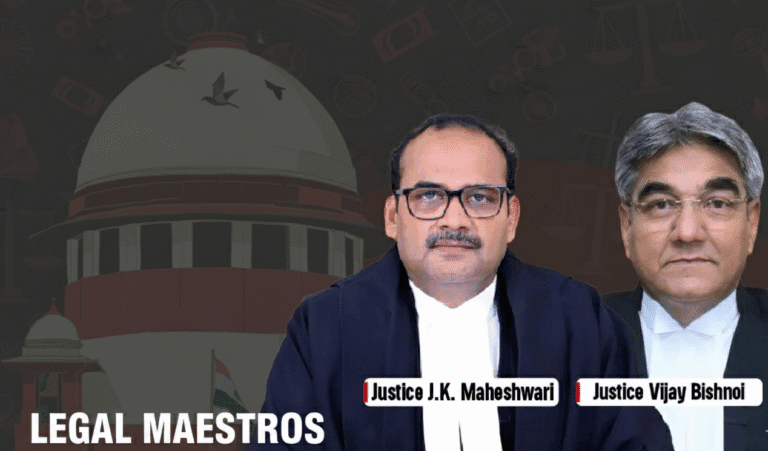
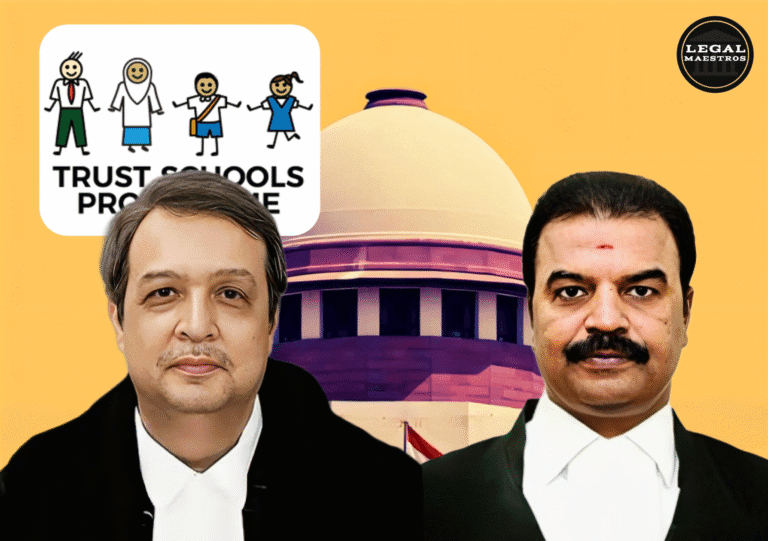
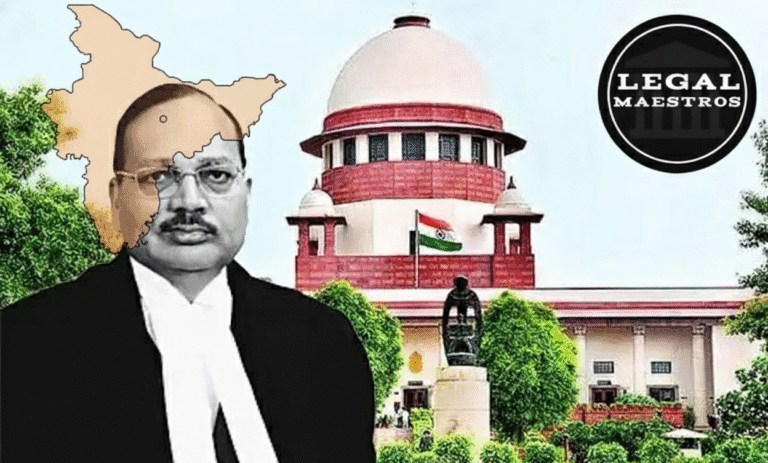
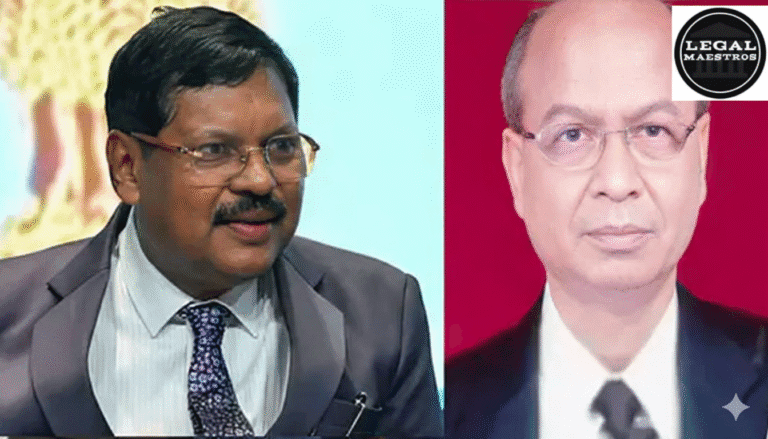
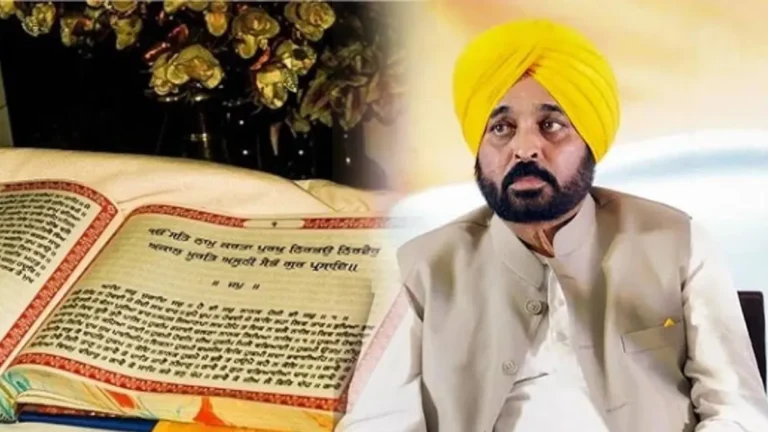
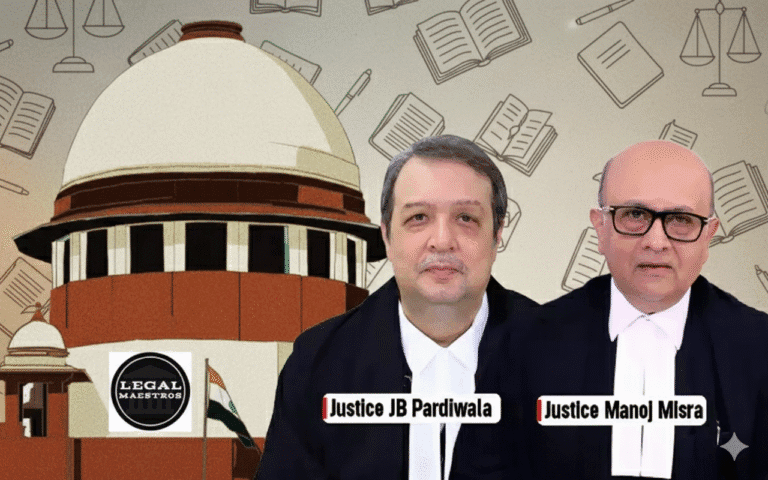
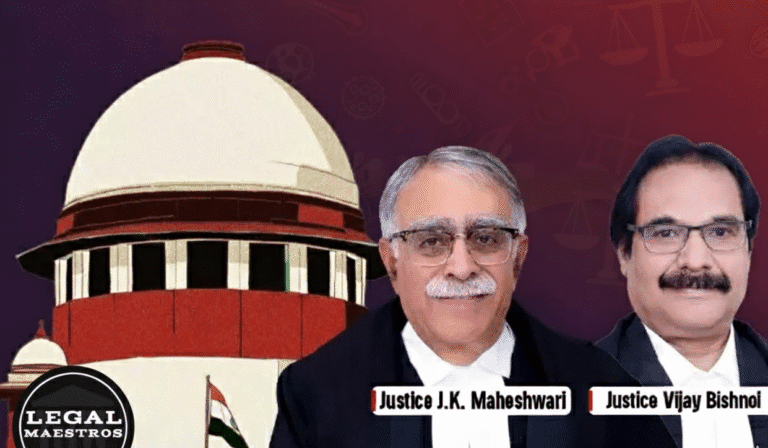
1 thought on “Supreme Court Bench Led by Justices Ahsanuddin Amanullah and Prashant Kumar Mishra Backs Asian Paints: Victim Companies Can Appeal Acquittal Orders Without High Court’s Permission”